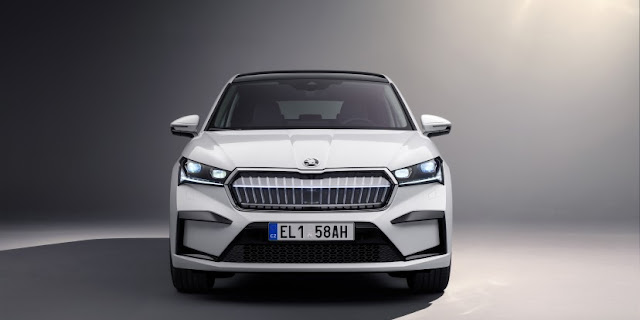In 2021, the global EV market expand by 109 percent, with Europe leading the way in regard of adoption rates.
Canalys expects that 6.5 million electric cars (EVs) would be sold globally in 2021, a 109 percent increase over 2020, according to new study on the global electric vehicle market. Fully electric and plug-in hybrid passenger automobiles are examples of EVs. As a result of COVID-19 limits and chip shortages, the overall global car market grew by only 4% in 2021. In 2021, EV sales accounted for 9% of total passenger car sales.
- 85% of EVs sold globally were delivered to customers in Mainland China and Europe.
- 3.2 million EVs were sold in 2021 in Mainland China, accounting for 15% of all new cars sold.
- 2.3 million EVs were sold in Europe, accounting for 19% of new cars.
- In comparison, while demand is growing, just 4% of new cars sold in the US in 2021 were EVs, some 535,000 units.
China, however, came out on top in terms of raw numbers, with 3.2 million compared to 2.3 million in Europe. It's also worth noting that Canalys considers plug-in hybrids to be electric vehicles.
In contrast to the Chinese and European EV markets, EVs only accounted for 4% of new car sales in the United States in 2021. There are just 535,000 units in all.
According to analysts, the impending electric pickups and SUVs will certainly enhance adoption rates in the United States, where Tesla remains comfortably ahead.
Tesla secured second and third place in China for the most popular EVs with the Model Y and Model 3, respectively. This time, Wuling's Mini EV takes the lead, with other Chinese manufacturers cutting the gap with Tesla as well. This is primarily owing to China's wide range of EVs.In Europe, Model 3 was the best-selling electric car but Volkswagen took the overall lead with successful models from Audi, Skoda and VW. Still, Tesla takes the number one spot worldwide with 14% share followed by VW with 12%. SAIC (SAIC, GM and Wuling) got third place with 11% share and BYD ranked fourth with 9% of the total sales.
Source
Join our official telegram channel for free latest updates and follow us on Google News here.






















